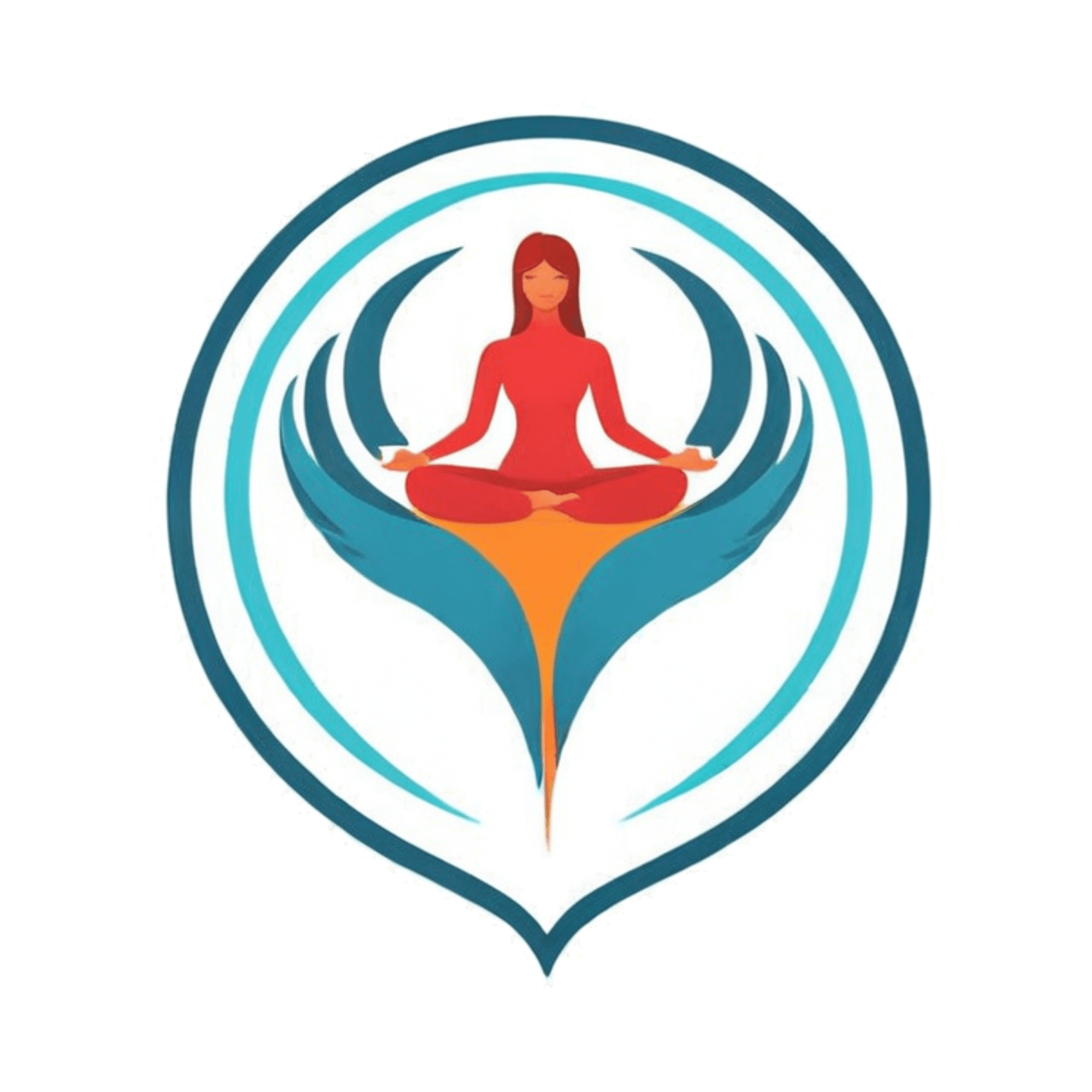Introduction to Anxiety and Depression
Coping with anxiety and depression is crucial as they are prevalent mental health issues globally, impacting countless individuals from all walks of life. Recognizing and adopting effective coping mechanisms can significantly alter the experience of these conditions, empowering people to better manage their symptoms and enhance their well-being. Insight into these mental health challenges coupled with practical coping skills can lead to meaningful improvements in life quality.
Anxiety typically involves intense, excessive worry or fear about everyday situations. It often manifests with physical symptoms, such as rapid heart rate, sweating, or shaking, which can interfere with daily life. Depression, on the other hand, tends to bring persistent feelings of sadness, hopelessness, and a lack of motivation, often causing individuals to withdraw from social situations, work, and even self-care.
Though they can occur independently, anxiety and depression frequently overlap, creating a complex emotional state that’s challenging to manage without appropriate tools. By exploring coping strategies, we can find practical ways to address these conditions, improve mental health, and regain control over our lives.
Understanding Anxiety and Depression
What is Anxiety?
Anxiety is a natural human response to stress, often triggered by specific situations or concerns. While a degree of anxiety is normal and even beneficial in certain situations—helping us stay alert or avoid danger—persistent anxiety that interferes with daily functioning may indicate an anxiety disorder.
There are several types of anxiety disorders, including:
- Generalized Anxiety Disorder (GAD): Characterized by excessive, uncontrollable worry about various aspects of life.
- Social Anxiety Disorder: An intense fear of social situations and judgment by others.
- Panic Disorder: Sudden, recurring panic attacks that cause overwhelming fear and physical symptoms, often without an obvious trigger.
Symptoms of anxiety can range from mild to severe and may include:
- Restlessness or feeling on edge
- Muscle tension
- Difficulty concentrating
- Irritability
- Sleep disturbances
What is Depression?
Depression is more than occasional sadness; it’s a persistent mood disorder that affects how one feels, thinks, and handles daily activities. Depression may arise due to a variety of factors, including biological, environmental, and psychological influences.
Types of depression include:
- Major Depressive Disorder (MDD): Intense, prolonged periods of sadness, hopelessness, and loss of interest in activities.
- Persistent Depressive Disorder (Dysthymia): Chronic, less severe symptoms that last for years.
- Seasonal Affective Disorder (SAD): A type of depression that occurs at specific times of the year, often in winter.
Symptoms of depression can include:
- Persistent sadness or feelings of emptiness
- Loss of interest in hobbies and activities
- Changes in appetite or weight
- Fatigue or low energy
- Difficulty concentrating
- Thoughts of self-harm or suicide in severe cases
The Connection Between Anxiety and Depression
Many individuals experience both anxiety and depression simultaneously. This connection can amplify symptoms and create a cycle of negative thought patterns, where worry fuels sadness, and vice versa. Understanding this interplay is crucial for implementing effective coping tools that address both conditions simultaneously.
Read more: “Types of Anxiety Disorders”, “Different Types of Depression”

Coping Tools and Techniques for Anxiety and Depression
Mindfulness and Meditation Practices
Mindfulness and meditation are powerful tools for managing anxiety and depression. These practices encourage us to focus on the present moment, reducing the impact of anxious thoughts about the future or depressive ruminations about the past. Studies have shown that mindfulness can significantly improve mood and decrease anxiety by promoting relaxation and reducing stress.
How to Start a Mindfulness Practice:
- Deep Breathing: Begin by focusing on slow, deep breaths, allowing yourself to feel grounded.
- Body Scan: Pay attention to each part of your body, noticing sensations, tension, or relaxation.
- Observing Thoughts: Gently observe your thoughts without judgment, allowing them to come and go.
Guided Meditation Apps: Apps like Headspace, Calm, and Insight Timer offer guided meditation sessions specifically designed for managing anxiety and depression. Regular practice, even if it’s just a few minutes each day, can help build mental resilience and promote a sense of inner peace.
Breathing Exercises and Relaxation Techniques
Breathing exercises are simple but highly effective ways to manage anxiety symptoms. When we’re anxious, we often take short, shallow breaths, which can heighten our stress response. Practicing deep breathing can help counteract this by activating the body’s relaxation response.
Simple Breathing Exercises:
- 4-7-8 Breathing: Inhale for 4 seconds, hold for 7 seconds, and exhale slowly for 8 seconds.
- Box Breathing: Inhale for 4 seconds, hold for 4 seconds, exhale for 4 seconds, and hold again for 4 seconds.
These techniques can be done anywhere, anytime you’re feeling anxious or overwhelmed. Over time, they can help reduce the overall intensity of anxiety symptoms.
Read more: “Relaxation Techniques for Anxiety and Depression”
Journaling and Self-Reflection
Journaling is a simple yet transformative practice for managing both anxiety and depression. Writing down your thoughts and feelings allows you to process emotions, identify triggers, and gain insights into your mental health patterns.
How to Journal Effectively:
- Free Writing: Set a timer for 5-10 minutes and write whatever comes to mind without judgment.
- Gratitude Journaling: Write down 3-5 things you’re grateful for each day, which can help shift focus from negative to positive aspects of life.
- Tracking Mood Patterns: Record your mood each day, noting any events, thoughts, or activities that seem to impact it. This can help identify patterns that worsen or improve symptoms over time.
Not only does journaling create a record of your emotional journey, but it also serves as a space to express yourself openly, leading to greater self-awareness and emotional clarity.
Daily Anxiety and Depression Management Tips
Creating a Coping Plan
Having a structured coping plan can make it easier to manage anxiety and depression symptoms in the moment. This plan may include:
- Daily Routines: Set regular sleep, exercise, and meal times to help stabilize mood.
- Self-Care Breaks: Include short, daily activities you enjoy, such as reading, walking, or listening to music.
- Positive Self-Talk: Practice reframing negative thoughts with positive affirmations or reminders of past resilience.
A coping plan provides a roadmap to follow on difficult days, making it easier to implement helpful habits even when motivation is low.
Setting Realistic Goals and Celebrating Progress
Setting small, achievable goals can provide a sense of purpose and accomplishment. For example, instead of aiming to “overcome anxiety,” focus on actionable steps like practicing breathing exercises daily or attending a therapy session.
When you reach a goal, take time to recognize and celebrate your progress. These moments of achievement can boost self-confidence and serve as a reminder that you are making progress, even if it’s gradual.

